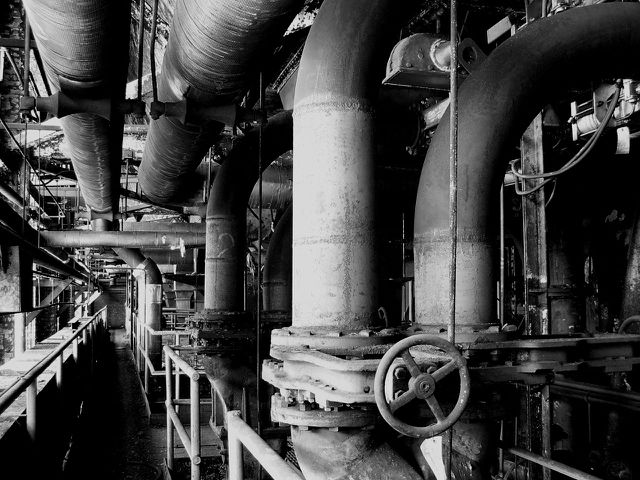Liquid Farm
Jump to navigation
Jump to search
Not a “farm for liquids” but a concept in which bulk products are transported all over the farm in liquid or gaseous form, moved either by electric pumps or by a gravity differential. This may require quite an elaborate system of pipelines but once this infrastructure is set up, it can save labor, time, energy and costs. It provides extra security and independence. It can make use of otherwise stranded solar, wind and biomass energy. Liquids are easy to measure and monitor.
Transported liquids and gases
- freshwater, hot water, greywater
- liquid manure (from cows, pigs)
- wastewater from fish farming (to grow duckweed, azolla and cattails
- compost leachate, silage leachate
- slurry from biogas production
- steam, superheated steam
- Compressed Air
- CO2-rich air (from compost, used for CO2 enrichment/fertilization)
- biogas, methane, pyrolysis gas (“wood gas”)
- pyrolysis oil
Needed Technologies
- Pipelines: polyethylene (for acidic leachate), terracotta, steel pipes, copper pipes (for wood gas)
- Electric motors (for pumps and fans), wind-driven pumps
- ferrocement for bulk storage of liquids
- useful: Solar Sludge Drying system
Examples
- liquid manure => duckweed => cattails => irrigation
- aquaponics (e.g. fish culture then duckweed/azolla)
- compressed air => aerate compost => capure CO2-rich, hot off-gas => greenhouse
- methane => synfood
Liquid Farm Design Principles
- spatial and material efficiency: minimize distances, co-locate production and use of a resource
- energy efficiency: minimize losses (e.g. heat losses, nitrogen losses, etc.)
- expandability: keep options for future expansion open
- easy accessibility: for monitoring, for potential repairs to pipes, to access goods for sale
- microbial monitoring, capability to sterilize liquids if needed, bioconversion to "wanted" microbes
